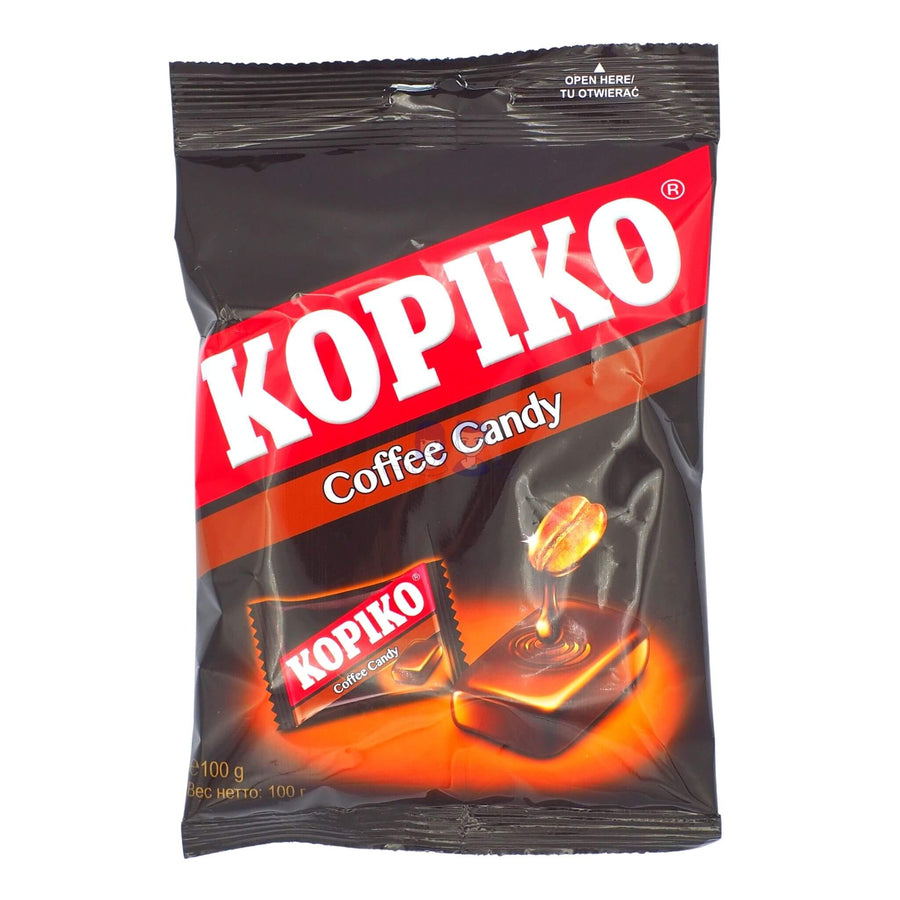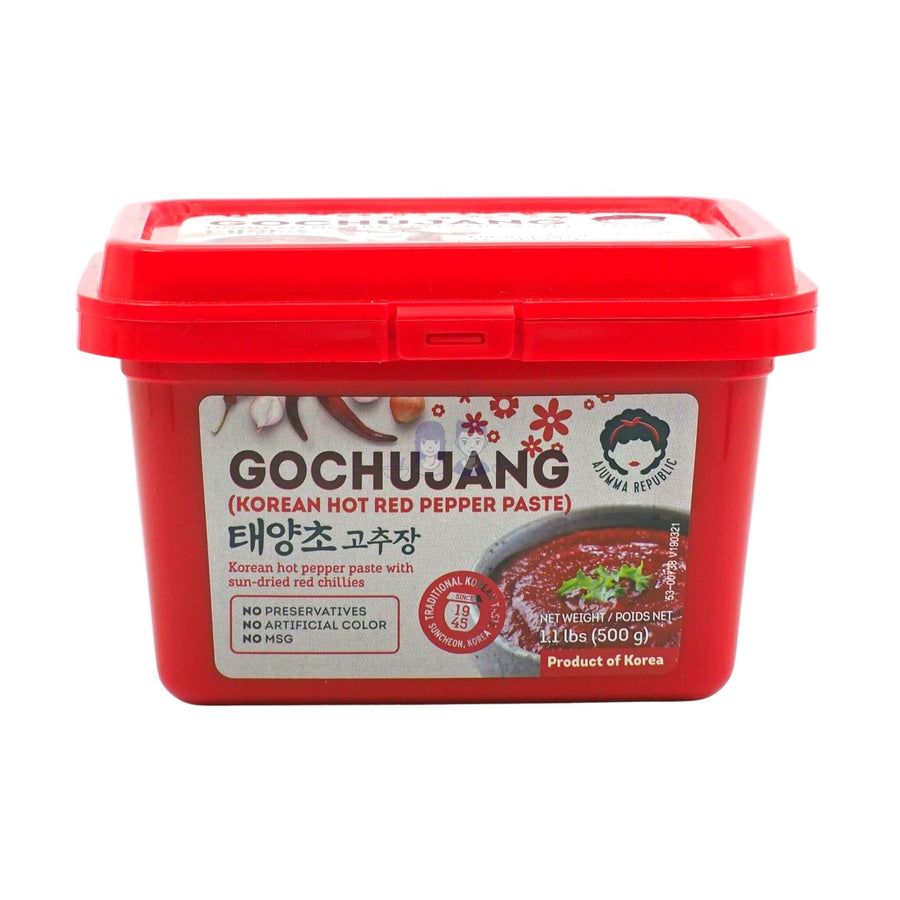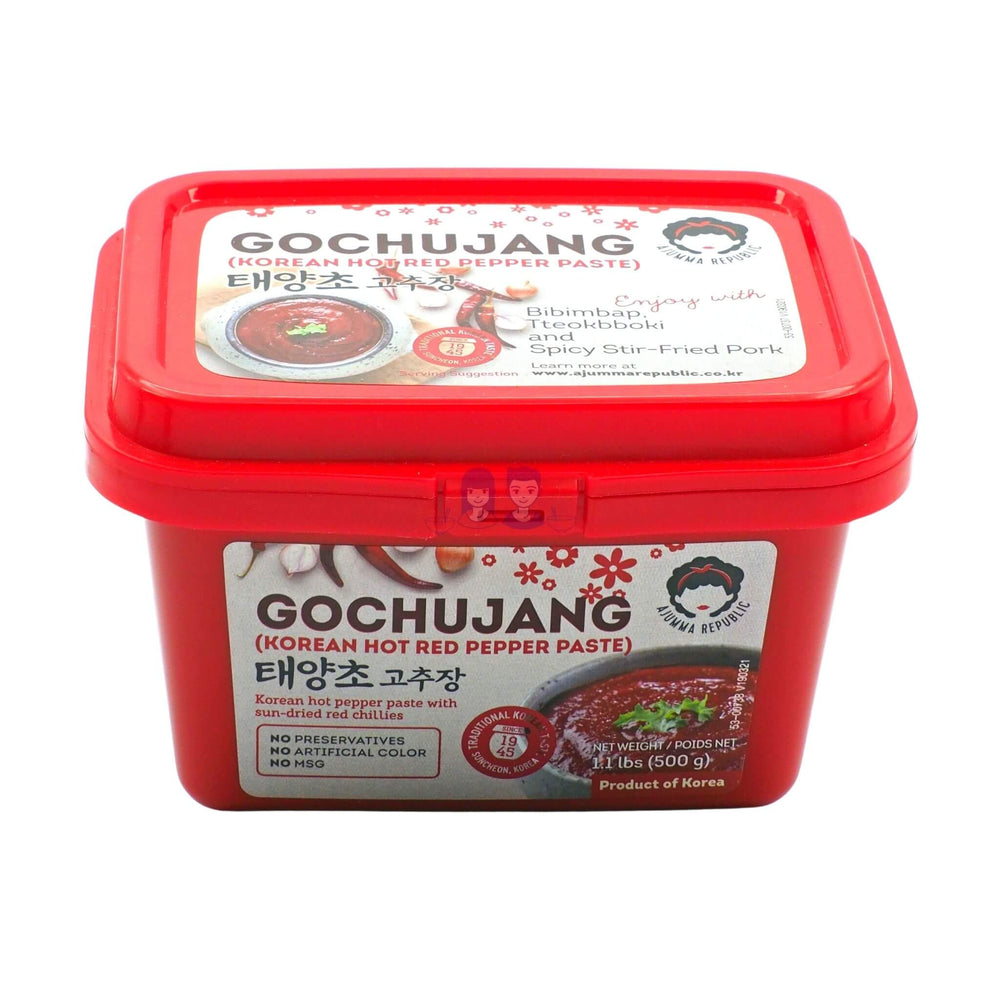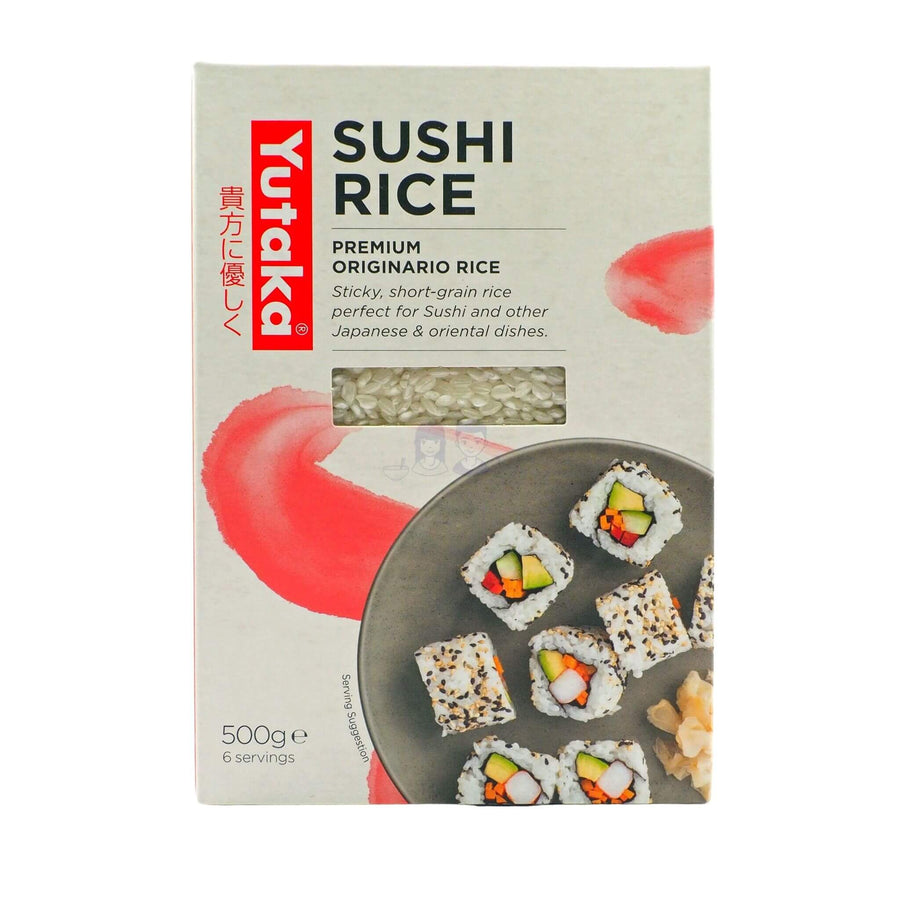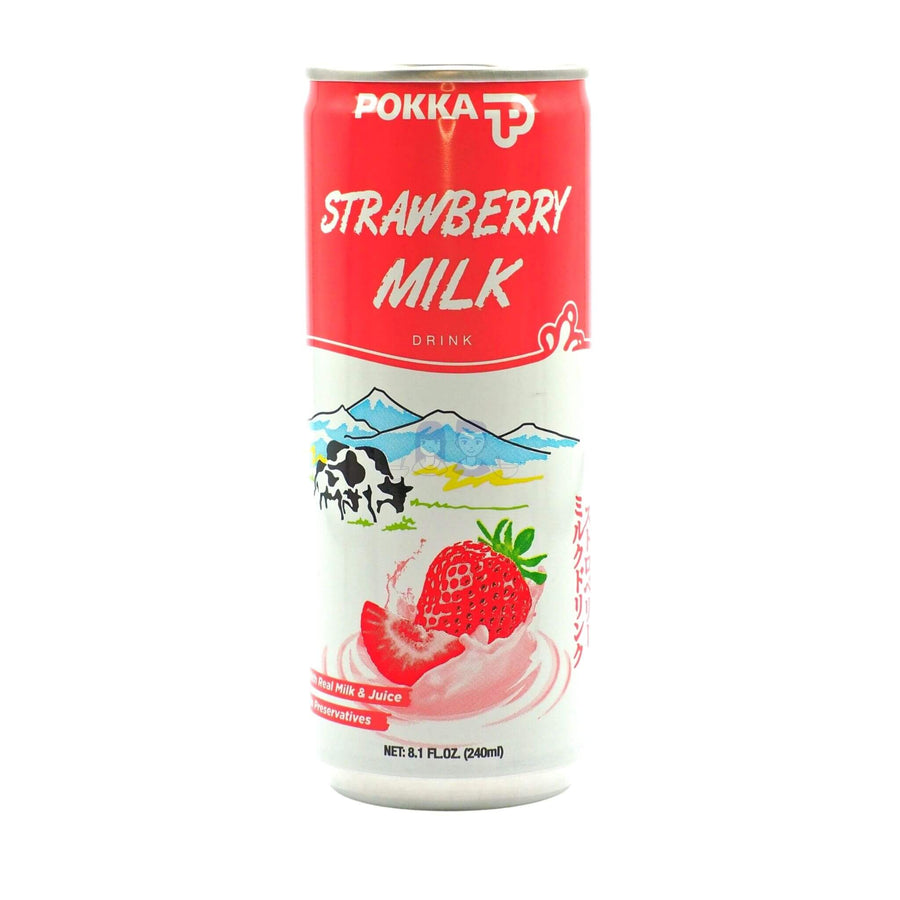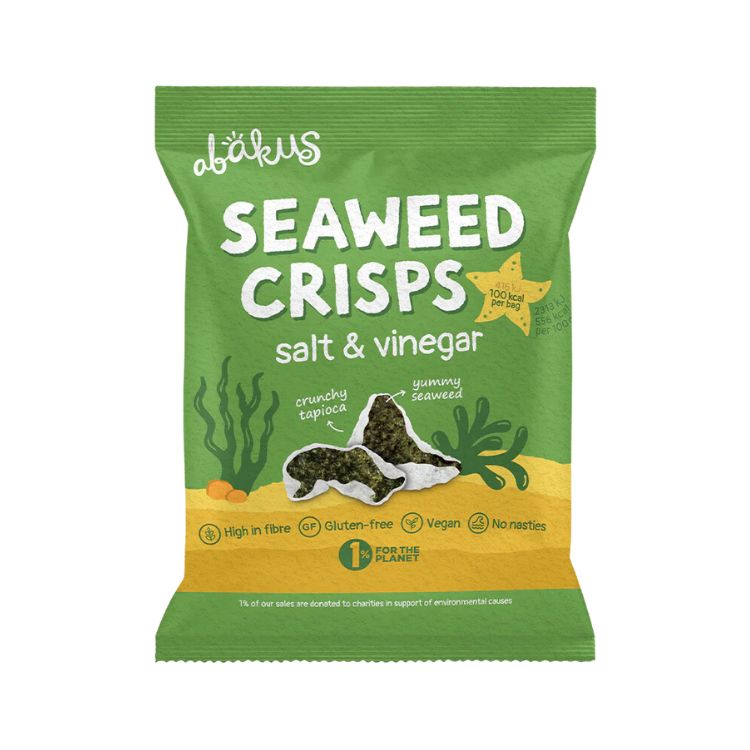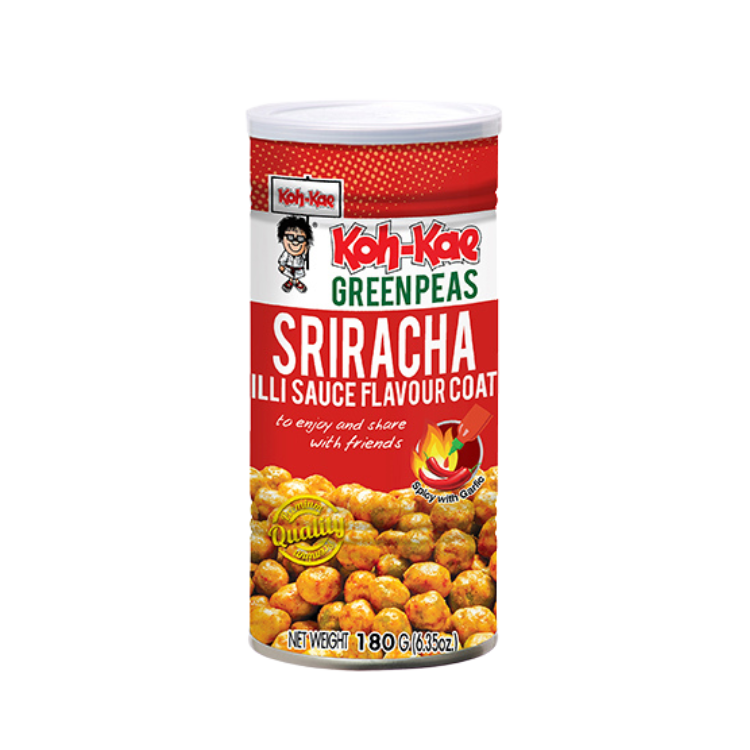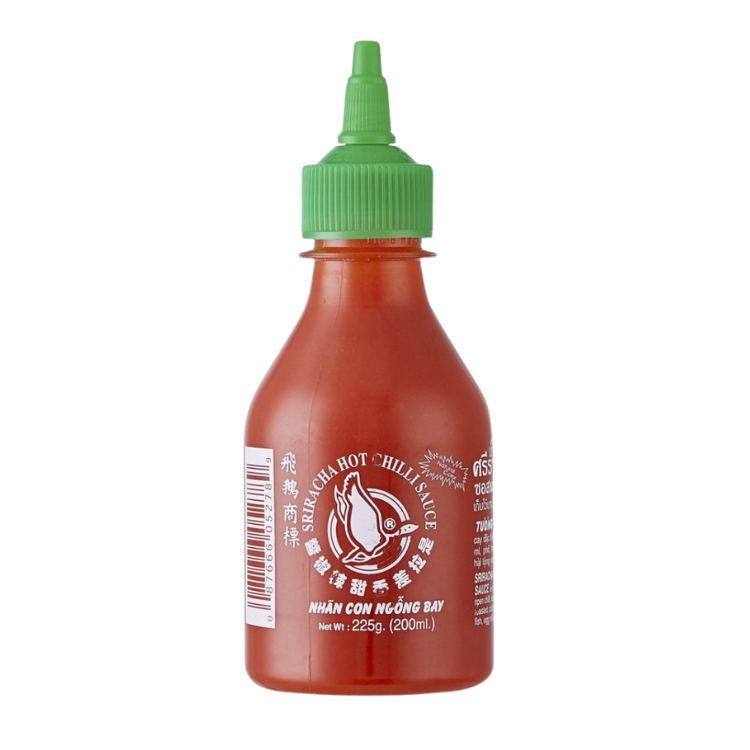From Thailand to Your Table: What is Sriracha Sauce All About?
Few sauces have captured the global imagination in recent years quite like Sriracha sauce.
This iconic spicy sauce from Thailand is famous for its tangy, sweet and garlicky flavour. Drizzled over dishes from the bustling streets of Bangkok to gourmet restaurants in London and fast-food chains in New York, Sriracha's influence is undeniable.
But how did a humble sauce from a small Thai coastal town become such a globally recognised condiment?
→ Shop now: Our handpicked range of Sriracha sauce
What is Sriracha Sauce and How Does it Taste?
Sriracha sauce is a moderately spicy red sauce comprising a compelling blend of flavours. Originating from Thailand, it is often considered one of the most iconic Thai ingredients and sauces. Sriracha sauce is made from a mixture of red chilli peppers, garlic, vinegar, sugar, and salt. This mixture creates a tantalising flavour: a kick of spiciness and garlic, a hint of sweetness, complemented by a tangy undertone.
The consistency of Sriracha sauce is neither too runny nor too thick. Its consistency is somewhat thicker than many liquid sauces. This makes it an ideal dip, yet it remains smooth enough for an effortless drizzle. While the traditional Thai Sriracha boasts a unique signature flavour, there's been a plethora of new variants catering to different preferences.
This versatile spicy sauce has also found its way into a wide array of dishes. This includes livening up seafood dishes, omelettes and soups in its native Thailand. Alternatively, you may find it spicing up sandwiches, burgers, chips and even cocktails in Western cuisines.

How to Pronounce Sriracha?
Sriracha is perhaps one of the most mispronounced sauces in the world. Many people, including ourselves until recently, pronounce it incorrectly as See Rah Cha. The correct Thai pronunciation is See Rotch Ah.
Don't worry if you make a mistake though. One of the benefits of it being one of the most mispronounced sauces is that most people will likely know what you are talking about.
How Hot is Sriracha Sauce?
The heat level of sriracha can vary considerably depending on the brand and specific variant. Its spiciness is generally milder compared to many other hot sauces, clocking in at around 2,200 Scoville units for the most well-known brand. This said different versions might be more or less fiery. For comparison, Tabasco clocks in at 2,500 to 5,000 SHU and Jalapenos 2,500 - 8,000 SHU. Always check the label and perhaps do a taste test before adding generous amounts to your dishes.
The History of Sriracha
The roots of Sriracha can be traced back to the coastal town of Si Racha, Thailand. A lady called Thanom Chakkapak produced and popularised the original version called Sriraja Panich in the 1940s. She started off making it for friends and family. They were so impressed by its taste and its versatility in a wide range of dishes that they encouraged her to produce it commercially. In doing so, starting the journey towards the modern Sriracha sauce we all know and love.
Some believe that the sauce may have multicultural origins. Cantonese immigrants to Thailand are said to have introduced their rich flavours and blended them with Thai cuisine. This blend of Chinese and Thai influences might have helped to shape the distinct profile of Sriracha.

The Global Spread of Sriracha Sauce
The sauce's journey from Si Racha to the international stage was championed by brands like Huy Fong Foods. Founded by David Tran, a Vietnamese immigrant in the USA, Huy Fong's Sriracha became synonymous with this fiery condiment. The rooster which is famous for the rooster on its bottles is symbolic of Tran's birth year in the Chinese zodiac. It has since become emblematic of this global sauce phenomenon.

While Huy Fong introduced Sriracha to many, the sauce's universal appeal led to the emergence of various brands. Each one with unique recipes and varying ratios of red chilli peppers, garlic, and vinegar. Brands such as Flying Goose and Shark Brand catered to regional preferences and offered new flavours. As its popularity soared, media outlets, celebrity chefs and influencers have helped further fuel Sriracha's global appeal.
Here is a non-exhaustive list of available sriracha flavours:
- Black chilli
- Black pepper
- Chilli paste
- Coconut
- Coriander
- Extra spicy
- Garlic
- Ginger
- Green chilli
- Kaffir lime leaf
- Kimchi
- Lemongrass
- Mayonnaise
- Mild and sweet
- Mint
- Mustard
- No MSG
- Onion
- Original
- Smokey
- Super Sour
- Tikka
- Tom Yum
- Wasabi
- Yellow chilli
What is Sriracha used for? Traditional and Modern Uses of Sriracha
In Thailand, Sriracha is a culinary staple. Frequently paired with popular Thai food including seafood, its spicy taste enhances the natural flavours of prawns and fish. Thai omelettes, which are enjoyed throughout the day, get an extra zest with Sriracha's kick. Noodle soups, from Pho to Tom Yum, find balance with its tang. And for fried dishes, like spring rolls, we find Sriracha works well as a spicy dip, enhancing the experience.

The world couldn't resist the charm of this sauce, using it on everything from hamburgers to sandwiches and chips. The possibilities are endless: its balanced flavours add depth and zest to both savoury and sweet dishes. Sriracha-infused popcorn, sushi rolls, instant noodles, mayo dips, hummus, glazed grilled chicken, chocolate truffles and even ice creams began appearing on shop shelves and menus.
Sriracha's versatility is undoubtedly a testament to its genius. It isn't just a condiment, it's an ingredient that chefs, diners around the world and ourselves love to experiment with.
Using Sriracha Sauce at Home
Sriracha sauce is a great addition to pantries, especially for those like us who enjoy adding an authentic Thai kick to their dishes. Its versatile nature means it can effortlessly accentuate a myriad of both Asian and Western recipes. For those feeling particularly adventurous why not experiment to create some sriracha variants?
Sriracha recipe suggestions:
- Stir-fry: Whether it's vegetables, chicken, or prawns, add a splash of Sriracha to the wok to infuse extra life into your sautéed dishes.
- Ramen: Enhance the warmth of your traditional ramen broth with Sriracha. Whether it's miso, shoyu, or tonkotsu base, the addition of Sriracha provides a delicate kick that complements the umami.
- Dips: Mix Sriracha with Greek yoghurt or sour cream to create a tangy dip perfect for nachos or crudites.
- Marinades: Sriracha's powerful profile is ideal for marinating meats, giving a spicy zest to chicken wings, ribs and even steaks.
- Eggs: Add some spice to scrambled eggs, omelettes, or even egg salad sandwiches with a dash or two of this fiery sauce.
- Pizza: A drizzle of Sriracha over a freshly baked pizza can be a game-changer, particularly on tropical or meat-heavy toppings.
- Pasta: Spice up your traditional tomato-based pasta sauce with a splash of Sriracha for an extra layer of depth.

Sriracha flavour variant ideas:
- Wasabi Sriracha: Mix Sriracha with wasabi paste in a 4:1 ratio to achieve a fiery blend with a horseradish kick.
- Mayo Sriracha: A 2:1 ratio of regular mayonnaise to Sriracha results in a creamy, spicy blend, ideal for a myriad of dishes.
- Garlic Sriracha: Combine minced garlic with Sriracha (3:1 ratio) to make a potent dip or topping for meats and bread.
- Sweet Chilli Sriracha: Blend Sriracha with sweet chilli sauce in equal parts for a sweet-spicy sauce.
- Mustard Sriracha: For a tangy touch, mix Sriracha with Dijon or English mustard in a 2:1 ratio.
- Kimchi Sriracha: Add finely chopped kimchi with Sriracha (2:1 ratio) for a spicy concoction that pairs well with Asian dishes.
Final Word
From its humble beginnings in a Thai coastal town to becoming a global sensation, Sriracha is a testament to the appeal of authentic flavours. Every drizzle on a dish encapsulates its rich history, the fusion of cultures, and the passion of those who brought it to the world stage.
As it continues to spice up our meals and spread across the globe, we believe Sriracha is proof that genuine taste knows no boundaries.


